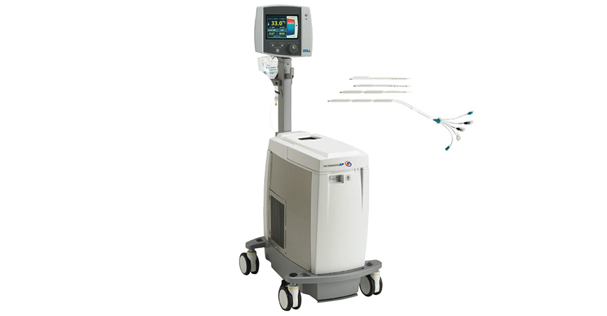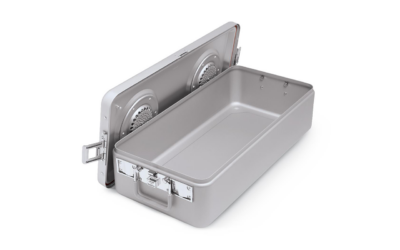Patient temperature management is one of the most dynamic product categories in health care today. New technological developments in cold therapy products are leading to healthy growth and expansion of the market.
The patient temperature management market for cold therapy products in the U.S. is currently valued at approximately $265 million, according to TechNavio, and is expected to reach $325 million by 2017, growing at a CAGR of 5 percent. “The market for these products has been witnessing steady growth, though the U.S. market has been growing a bit slower than the overall global market, which is growing at around a 7 percent CAGR for the period 2013-2017,” says a senior research analyst at TechNavio.
Cold therapy applications can be used in a wide range of procedures, including orthopedic (like arthroscopies, ACL/PCL repairs, knee and hip replacements, and elbow/ankle fractures), general and obstetric (like hernia repairs, hysterectomies and abdominal and thoracic surgeries) and plastic/reconstructive (like rhinoplasty, TMJ arthoplasy and facial reconstruction). These applications are in addition to general uses of cold therapy for acute injuries, arthritis, sprains, strains, and muscle spasms.
“Cold therapy can help patients in many ways after surgery or an injury,” says Allison Doviak, marketing and communications manager, Medical Division of Cincinnati Sub-Zero Products. “Cold therapy products help prevent or reduce edema, effusion and hematomas; decrease pain; decrease muscle fatigue; and reduce or suppresses spasticity and swelling while improving range of motion. All of this helps improve the patient’s recovery, which can lead to shorter hospital stays, less medication needed and lower costs.”
TechNavio attributes the growth in patient temperature management and cold therapy products to several factors, including the aging population. “There are increased incidences of arthritis, traumatic injuries, cardiac problems and obesity-related issues among the elderly population, which have been some of the growth drivers for this market. Also, patients are learning about the increased benefits of these products in surgical settings, which is also contributing to rising market momentum.”
According to Doviak, traditional cold therapy products are ice-based systems that pump cold water to a pad, which is applied to the injured area. “But when applying ice directly to a patient, there is a risk of tissue and skin damage, which is why it is recommended that ice be applied only in 20/30 minute cycles.”
Non-ice based cold therapy systems like the CSZ Electri-Cool® II are an alternative to traditional ice-based systems, Doviak says. “This system cycles continuous cold water through a pad to the patient at a therapeutic temperature that will not cause skin/tissue damage.”
So-called “garment models” are another new technology in patient temperature management, says the TechNavio analyst. “With these, the patient is completely wrapped with a garment, which is encapsulated with sensors and has provisions for water to flow inside.” Garments can be used for hot and cold applications.
Doviak says there seems to be a growing interest in cold therapy products as we move into the future. “More doctors and facilities are trying to move toward wateror ice-based devices that can be safer for the patient.”









